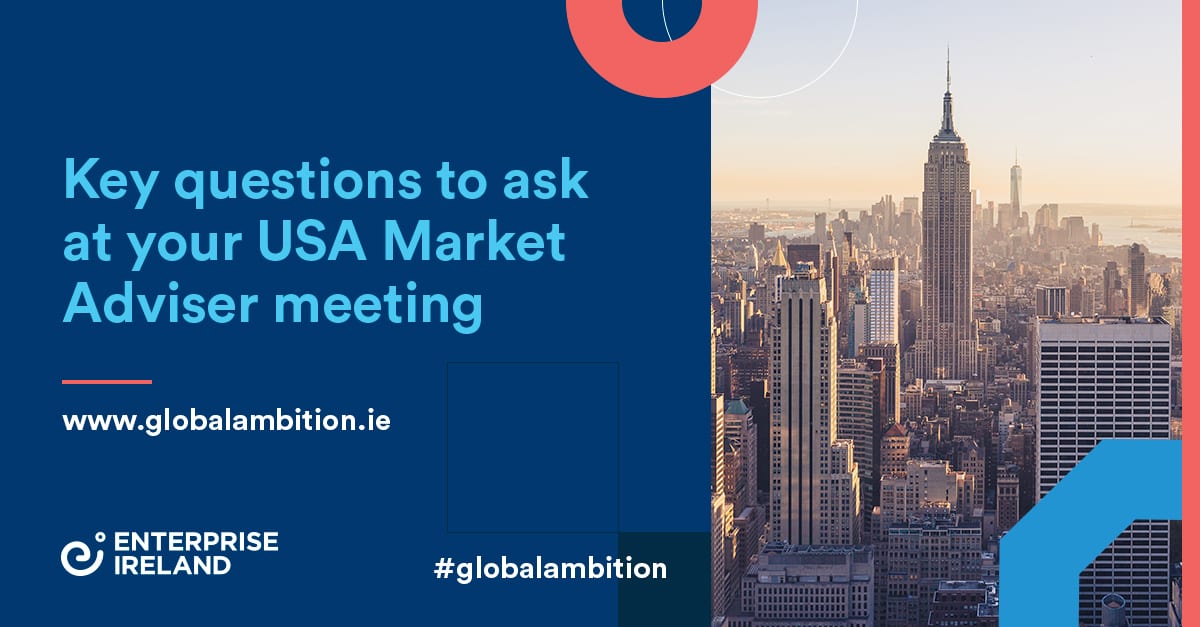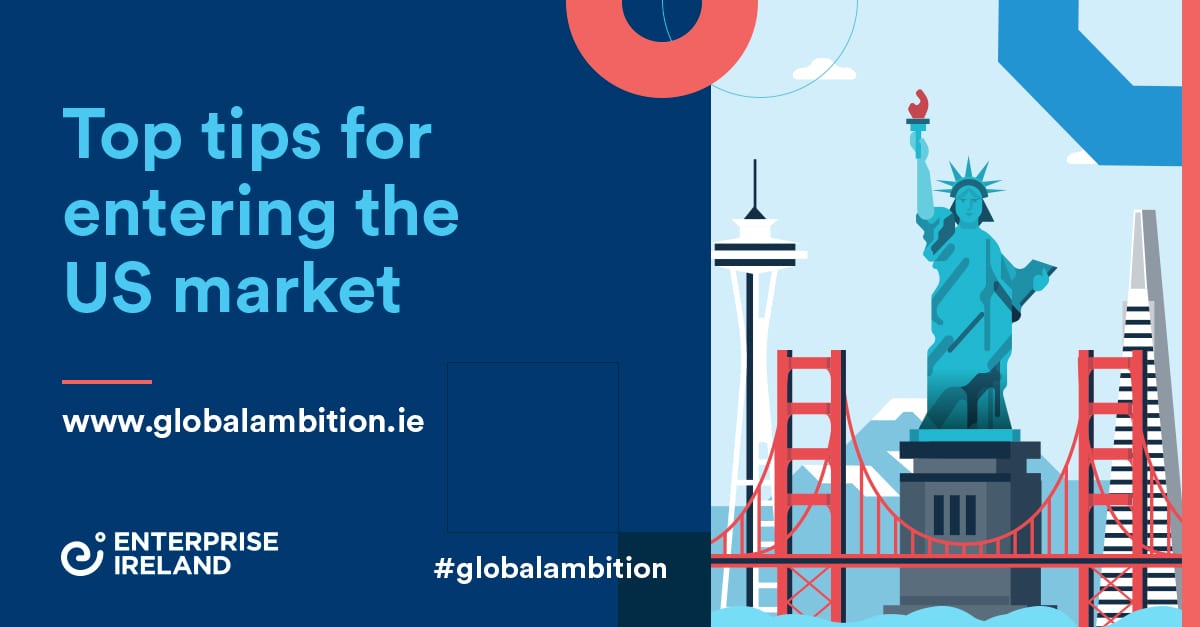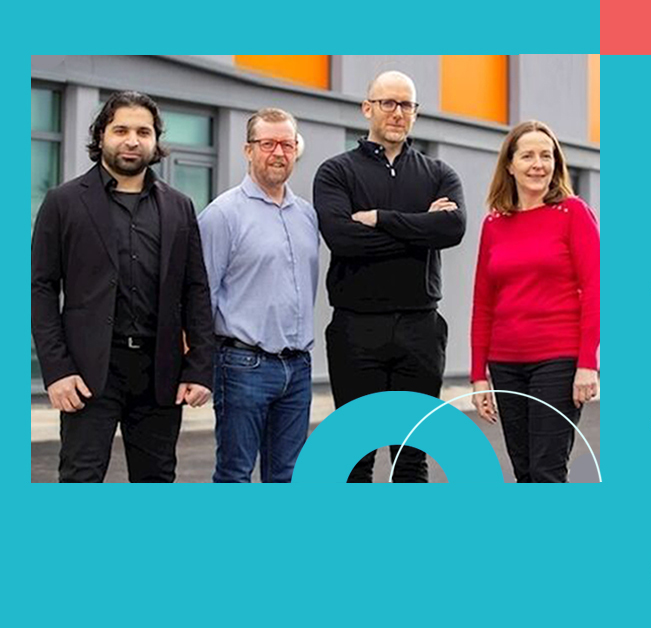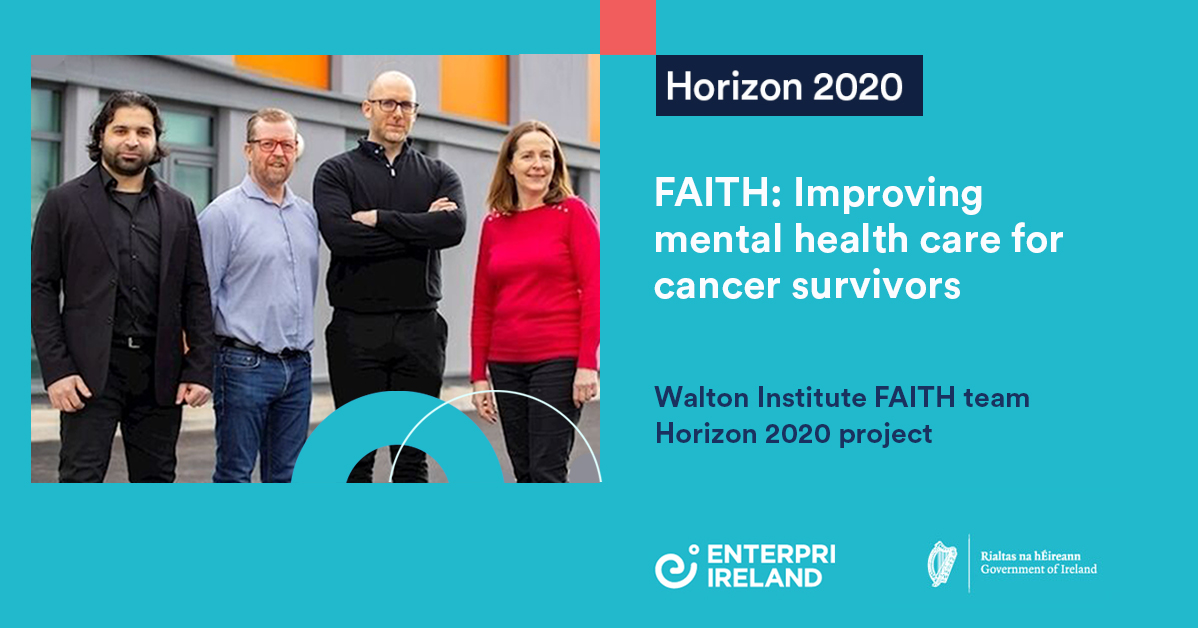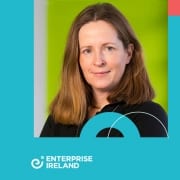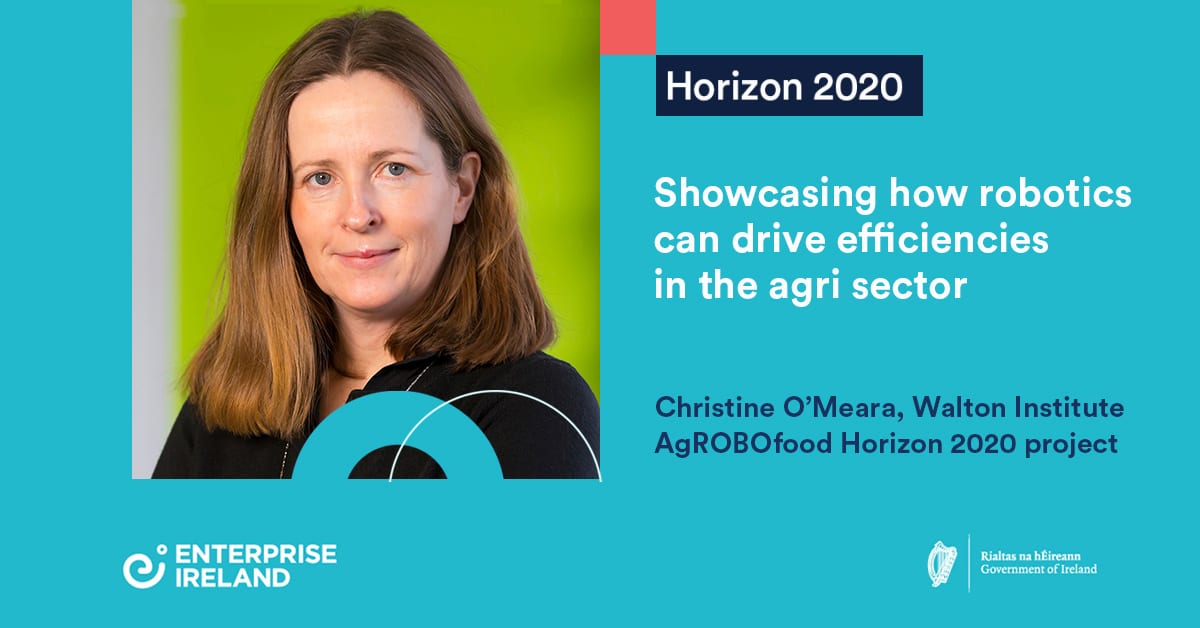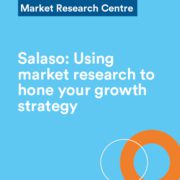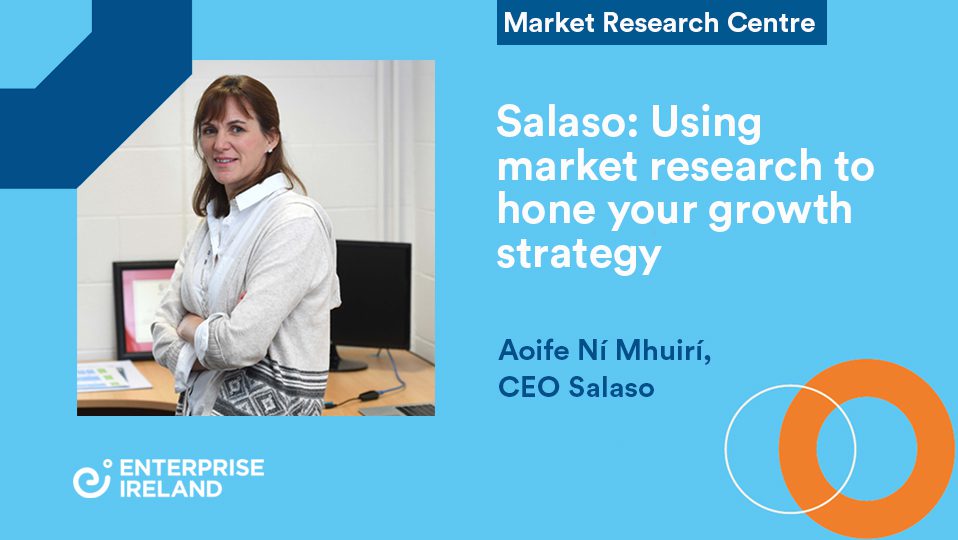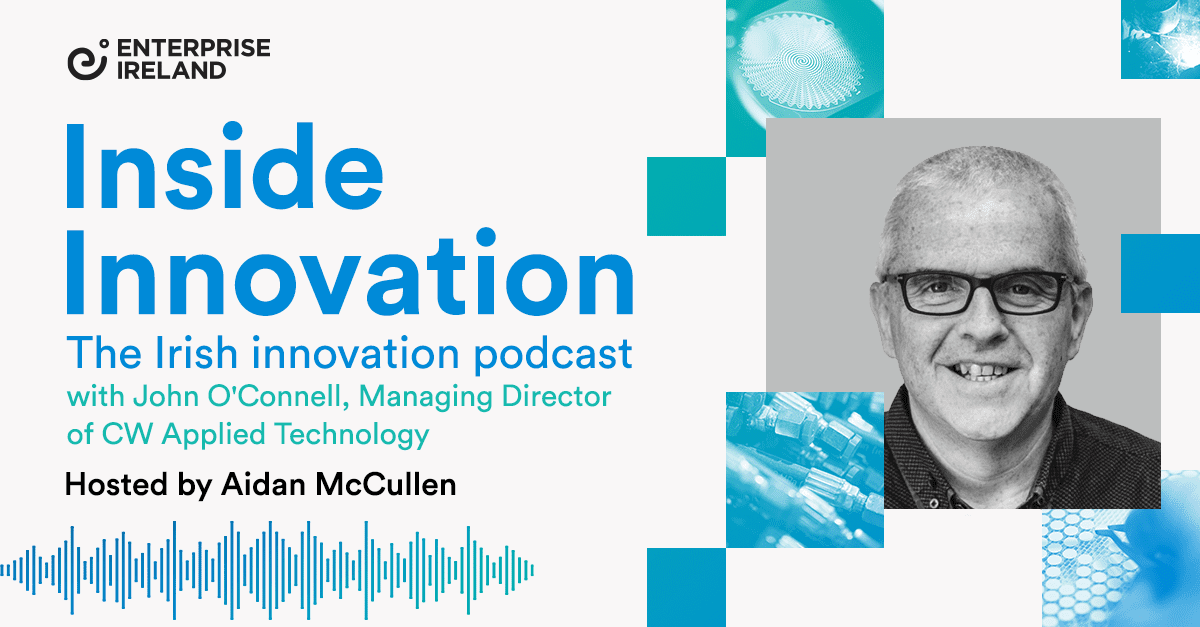The carmaker of the future wants to partner with suppliers who can provide technology solutions for automated, connected, electric and shared cars.
How to forge those partnerships was the recurring theme at Connected Autonomous Vehicles (CAV) and Mobility, an event organised by Enterprise Ireland and facilitated by Carol Gibbons, the agency’s director of ICT Commercialisation.
High level panellists included Amer Akhtar, Founder of Foothill Ventures and advisor to Chinese electric vehicle maker NIO; Rahul Vijay, Head of Technology Deal Making at Uber; Anand Ramesh, Vice President of Cluster Computing at Renovo Auto, and Hariveer Dhingra, who heads up Global Digital Transformation, Corporate Venture Capital and New Ventures at Shell.
Participating in China’s fast-growing electric vehicle (EV) market makes sense but takes preparation, delegates heard.
Not alone does the country have the world’s largest EV market but huge government incentives are in place to ensure it stays at the forefront of innovation, and increasingly AI. “There’s a heavy component of government support in China, heavier than in any other country, and when China wants to do something, they make it happen,” said Akhtar.
Chinese OEMs are looking for technology partners
Increasingly, Chinese original equipment manufacturers (OEMs) are seeking out technology partners, to get things done, he said. This is transforming traditional supply chain models built around Tier 1 suppliers and in-house R&D.
“The market now is very different because much of the car platform is really software, so right now 40% of the automotive R&D value is provided by partners, and that is moving in the next six or seven years to 55%,” he said.
Traditional OEMs don’t have the level of in-house resources or expertise to develop some of the mobility solutions companies such as Uber or Waymo has. That presents an enormous opportunity for partnerships with start-ups, and even large companies in tangential industries, he said.
Though people define Uber as a technology company, it defines itself as “a technology company that is into all kinds of businesses, doesn’t matter if it is food or health supply or freight or people, we like to move it,” said Rahul Vijay. “We need expertise in all these different vertical industries.”
Partners must be global and local
More than that, it wants partners who can be both “global and local”. That is, if Uber is launching an electric bike, it doesn’t want to put multiple modems on each bike, but one that will work with any carrier in the world, he said.
“It means that hardware vendor has to work with multiple different carriers to certify their hardware, but it has to be local too, because at the end of the day, some of these market specifications are very local.”
It isn’t just established players in China that present an opportunity for Irish suppliers. “A lot of Chinese start-ups are looking for partners that can help them expand internationally, to help them get out of the Chinese ecosystem,” said Shell’s Dhingra.
OEMs are looking to invent, partner with and buy in technology, and are doing all three at speed, delegates heard.
“Nio was founded in 2014 and has already launched and delivered two models, which is unheard of if you are a traditional automotive company. You can’t do that by inventing everything,” said Akhtar, who recommended that Irish suppliers move quickly to capture the opportunity.
“Get to market fast. Right now it’s a land grab in the EV space. There are about 200 start-ups that have filed licences for EVs in China alone, and many more around the world.”
Electric vehicle companies focus on UX
In the case of NIO, these companies are mostly focused on user experience and not so much on what a traditional OEM delivers – that is, getting people from Point A to Point B.
Focusing on UX means the car itself can be treated as a commodity.
“You can partner, you can buy, or you can build the user experience. It depends on the mission of the company. Ideally, you would do all three but you have a short runway and a limited amount of capital, so you have to put that to the best use,” he said.
The future is all about connectivity and autonomy, with the end result of saving lives on roads, but getting there presents different challenges, said Uber’s Vijay. “We can’t do it all by ourselves, so we need help to put these technologies on the road.”
That includes everything from mapping to leasing to trade finance partnerships, as well as connectivity solutions, such as the tablets it gives restaurants in Uber Eats, or the use of bikes to solve last mile delivery problems.
“We are looking at all modalities of transportation, and a partnership ecosystem that goes all the way from component level to hardware, software and beyond, making transportation as seamless as possible.”
EV makers such as NIO are driven by a World Economic Forum prediction that the digital transformation of the automotive industry will yield US $60 or $70 billion in value for the automotive industry, “but that’s dwarfed by the US $3 trillion societal benefit,” said Akhtar. “As companies think about innovation, it’s about how to get a piece of that multi-trillion market.”
Challenges and opportunities in China
Akhtar cautioned Irish suppliers looking to grow their car components market, not to make the mistake of ignoring China.
“In terms of scale it’s just massive, bigger than the US and Europe combined, so it’s a no brainer. Having said that, entry into China is not a no brainer. It’s a very challenging market to go into.”
Those trying should realise that very many Chinese OEMs have set up R&D shops in California, as have a lot of the new energy start-ups in this space, making it a good first port of call to build networks.
China is all about relationships, delegates heard. The right technology without the right contacts won’t work, said Akhtar.
“One approach I see and recommend, especially for start-ups looking to get on the radar of Chinese companies and OEMs, or even big Tier 1s, is to become a Chinese company. China is not one of those markets you dip your toe in the water for. You are either all in or stay out. The Chinese market, whether enterprise, automotive or consumer, does not take kindly to a company operating across the ocean that wants to sell into China. It’s almost a sign of disrespect, that you don’t understand the Chinese market,” he said.
“Equally, if you’ve already got funding in the US or Europe, as part of the deal, it makes it easier to sell into China if you also get Chinese funding, whether from a small corporate investment, or Chinese VC, or a Chinese government agency. When you’ve got that Chinese stamp of approval, it’s much easier to do business. It means you are now a recognised entity, and investors think you must be good. Go in blind and it’s hard for people to trust you.”
Learn more on doing business in the Chinese market with our Going Global Guide to Asia.


